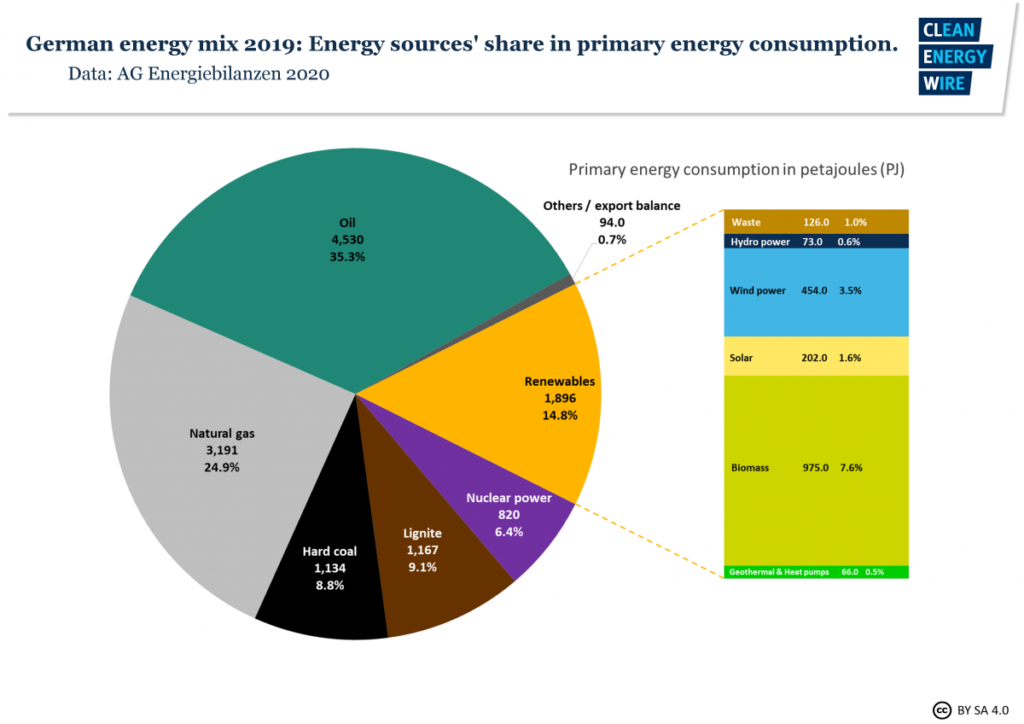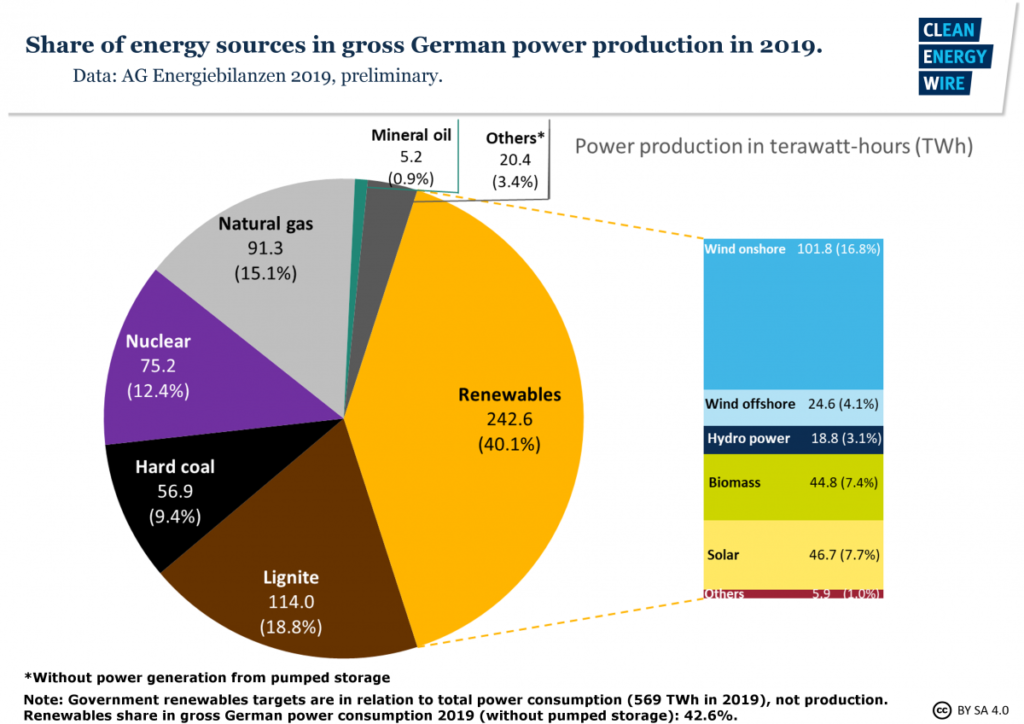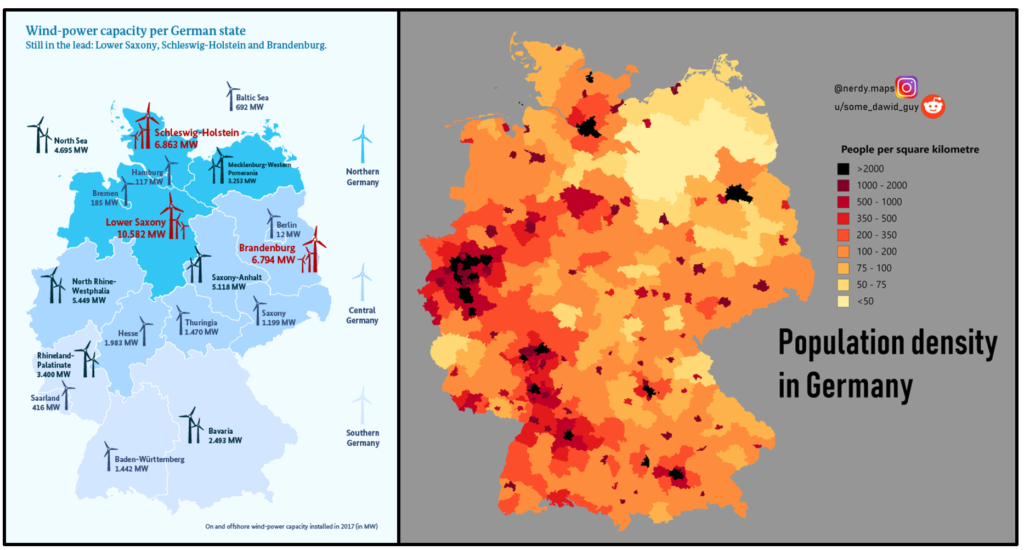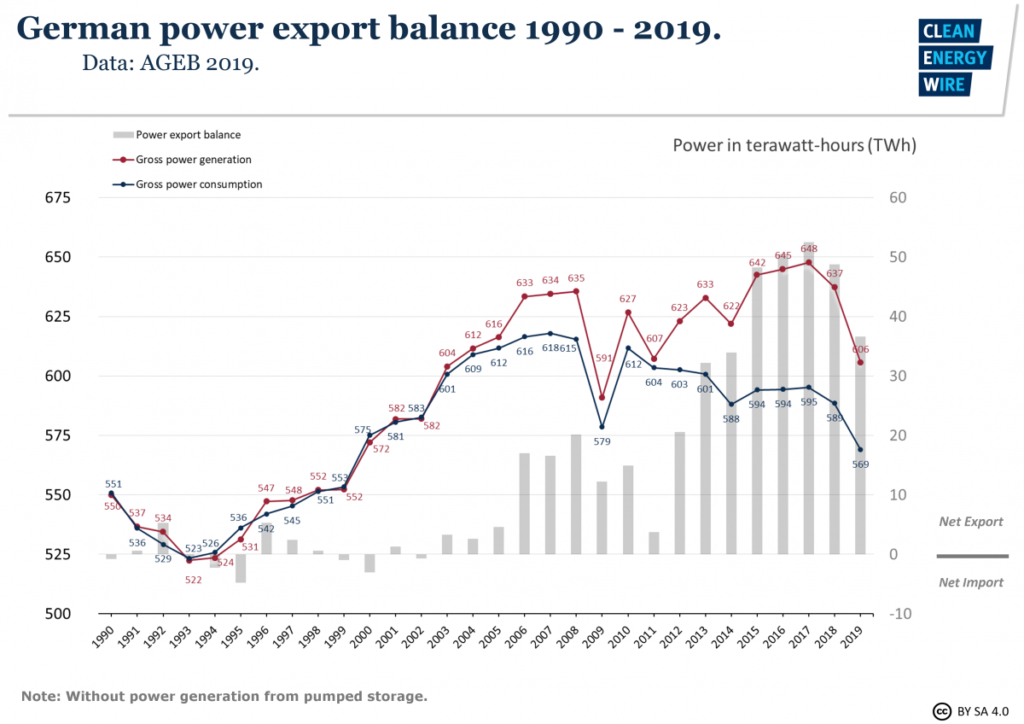Germany Just Built a Brand New, Clean, Beautiful Coal Plant
Legislators in Minnesota who support mandating more wind and solar onto our electric often point to Germany as an example of we should be doing. Someone had better inform them that Germany, the darling of many Minnesota greens, has just finished construction on a brand new 1,100 megawatt (MW) coal-fired power plant. This plant would be about half as large as the Sherburne County coal plant, which is the largest power plant in the state of Minnesota.
According to Bloomberg Quint, the plant, Uniper’s Datteln-4, will start feeding electricity into the grid on a commercial basis on Saturday.
It appears that legislators who trumpet the German energy experiment the most seem to know the least about it.
It is true that Germany has increased the amount electricity it generates from “renewable” resources, but the country still consumes more energy from coal than from wind or solar power. The pie chart below shows coal accounted for about 18 percent of all the energy consumed in Germany in 2019, whereas wind and solar accounted for just 3.5 percent and 1.6 percent, respectively.

Wind and solar fare better when it comes to electricity generation, where they generated slightly more electricity than coal did during the course of the year. The graph below shows coal accounted for 28.2 percent of the electricity generated in Germany in 2019, whereas wind and solar, combined, generated 28.6 percent.

You might be wondering how this is possible. The answer is energy imports and exports.
Most of the wind turbines in Germany are located in the northern portions of the country, whereas much of the German population lives in the southern portions of the country. Currently, there are not enough transmission lines to transport the electricity generated from German wind facilities in the northern portions of the country to the people who live in the southern portions, and proposals to build high-voltage power lines to connect them have been protested by local residents.

As a result, much of the wind power that is generated in Germany is not consumed in Germany, it is pushed into other countries, like Austria, the Netherlands, Poland, and Switzerland. The graph below shows the German power export balance. As you can see, Germany is a net exporter of electricity, and a significant reason for this is exports.

However, in the coming years, Germany could potentially become a net importer of electricity as it shuts down the remainder of its nuclear plants and reduces the amount of coal-fired capacity on the grid, according to a recent McKinsey report.
Michael Shellenberger, writing about the report’s findings at Forbes, stated that Germany’s electric grid is becoming increasingly insecure as it increases its reliance on intermittent solar and wind. For three days in June 2019, the electricity grid came close to black-outs. “Only short-term imports from neighboring countries were able to stabilize the grid,” the consultancy notes.
“It can be assumed that security of supply will continue to worsen in the future,” says McKinsey.
Germany’s new coal plant is likely being placed into service to help prevent blackouts when the wind isn’t blowing or the sun isn’t shining. Legislators who are infatuated with the failing German energy experiment need to wake up and smell the coffee and reassess their love affair with a floundering policy.